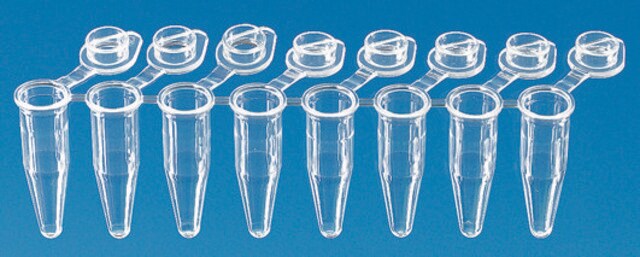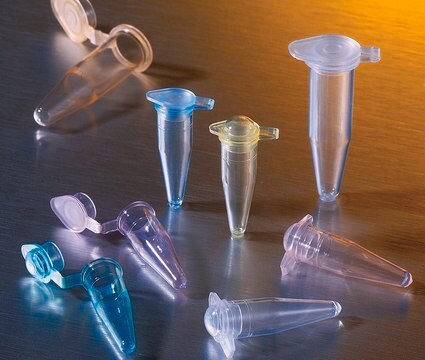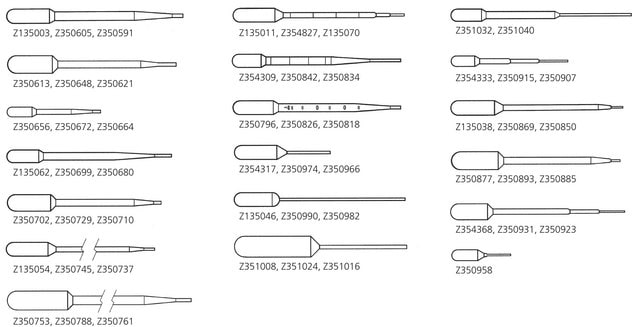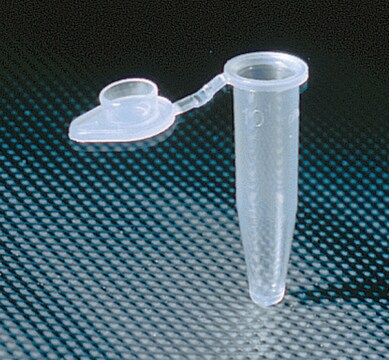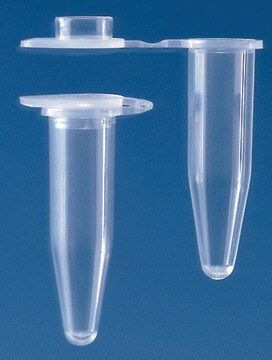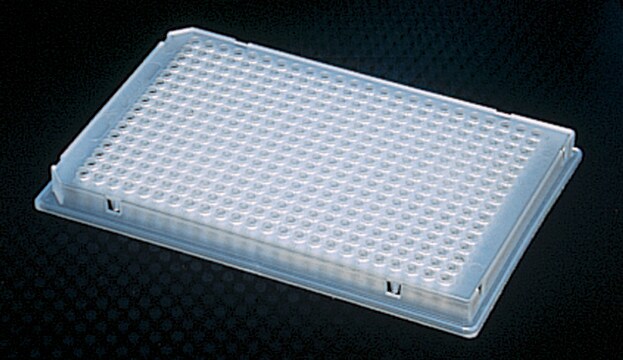Z374873
PCR microtubes with attached caps
capacity 0.2 mL
Synonym(s):
PCR Tubes
About This Item
Recommended Products
material
colorless cap
colorless tube
conical bottom
flat cap
polypropylene
polypropylene cap
polypropylene tube
description
Autoclavable
sterility
non-sterile
feature
RNase and DNase free
autoclavable at 121 °C
graduations: no
Push fit
packaging
pack of 250 ea
case of 4 packs
technique(s)
PCR: suitable
capacity
0.2 mL
color
clear
suitability
suitable for (PCR applications)
Looking for similar products? Visit Product Comparison Guide
General description
Choose from one of the most recent versions:
Certificates of Analysis (COA)
Sorry, we don't have COAs for this product available online at this time.
If you need assistance, please contact Customer Support.
Already Own This Product?
Find documentation for the products that you have recently purchased in the Document Library.
Customers Also Viewed
Protocols
Reverse transcription (RT) is the process of converting RNA to cDNA using a reverse transcriptase enzyme and dNTPs.
Hot Start dNTPs are modified with a thermolabile protecting group at the 3’ terminus. The presence of this modification blocks nucleotide incorporation by DNA polymerase until the nucleotide protecting group is removed during a heat activation step.
The most common application for qPCR is the measurement of a gene transcript or copy number quantity relative to one or more reference genes using probe detection.
Primer Concentration Optimization Protocol is an approach to create a matrix of reactions. This is used to test a range of concentrations for each primer against different concentrations of the partner primer.
Our team of scientists has experience in all areas of research including Life Science, Material Science, Chemical Synthesis, Chromatography, Analytical and many others.
Contact Technical Service